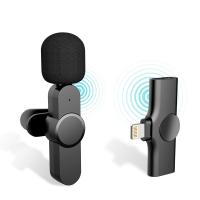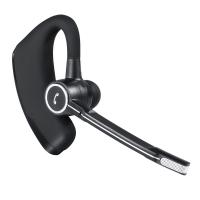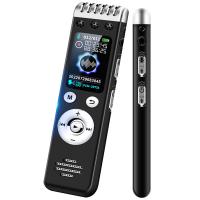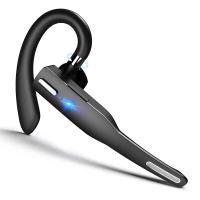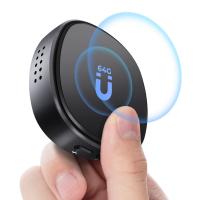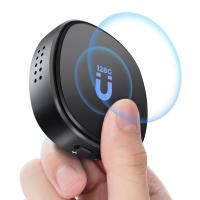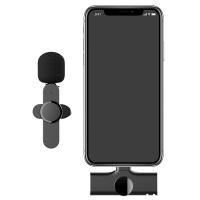How To Record Voice On Macbook?
Recording voice on a MacBook is a common task that many users need to accomplish for various reasons, such as creating podcasts, recording lectures, or capturing voice memos. This article will guide you through the different methods available for recording voice on a MacBook, ensuring you can choose the best option for your needs. We will cover built-in applications, third-party software, and some tips to enhance your recording quality.
Built-in Applications
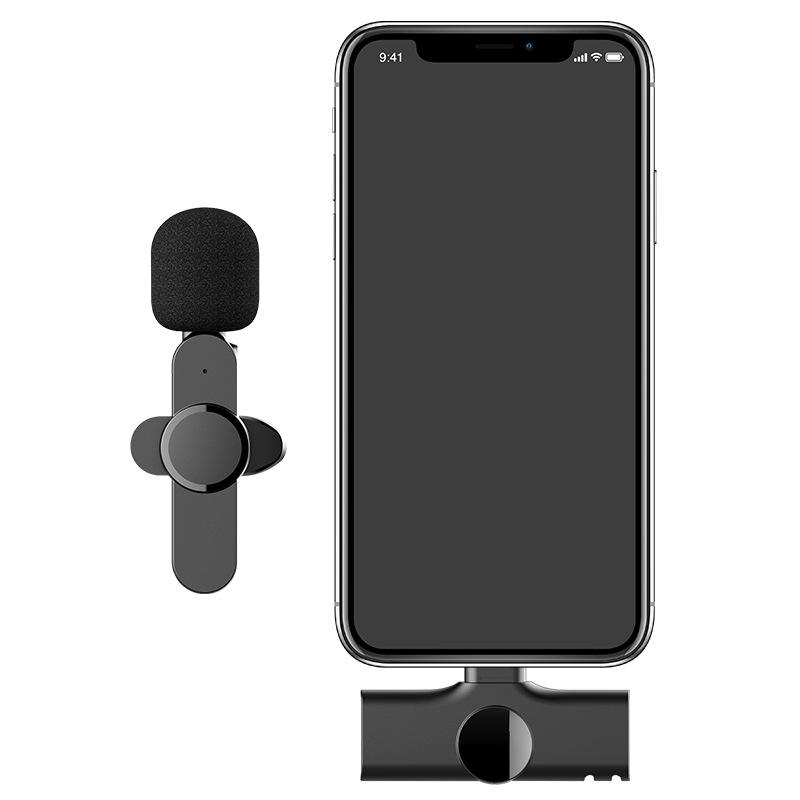
1. Voice Memos

Voice Memos is a straightforward and user-friendly application that comes pre-installed on all MacBooks. It is ideal for quick voice recordings and simple audio tasks.
Steps to Record Using Voice Memos:
1. Open the Voice Memos app from the Applications folder or by searching for it using Spotlight.
2. Click the red record button to start recording.
3. Speak clearly into your MacBook’s built-in microphone.
4. Click the stop button when you are finished.
5. Your recording will be saved automatically, and you can rename it by clicking on the title.
Voice Memos is perfect for users who need a quick and easy way to record audio without any additional setup.
2. QuickTime Player
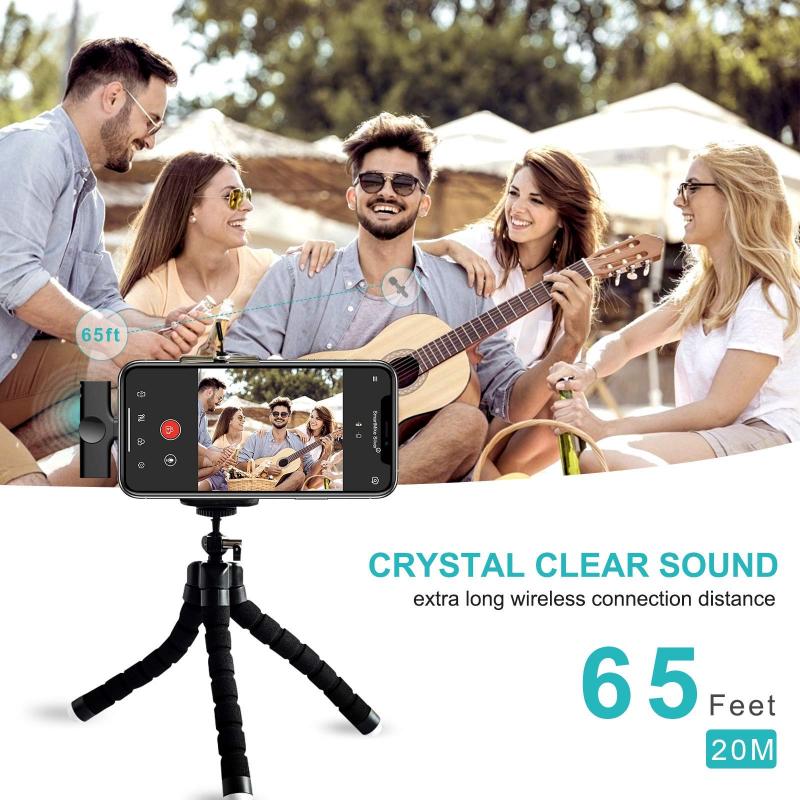
QuickTime Player is another built-in application that offers more flexibility than Voice Memos. It is suitable for users who need to record longer audio sessions or require more control over their recordings.
Steps to Record Using QuickTime Player:
1. Open QuickTime Player from the Applications folder or by searching for it using Spotlight.
2. Click on “File” in the menu bar and select “New Audio Recording.”
3. A new window will appear with a record button. Click the arrow next to the record button to select your microphone if you have an external one connected.
4. Click the red record button to start recording.
5. Speak clearly into your microphone.
6. Click the stop button when you are finished.
7. Save your recording by clicking “File” and then “Save.”
QuickTime Player is a versatile tool that can handle more complex recording tasks, making it a great choice for users who need more than just basic functionality.
Third-Party Software
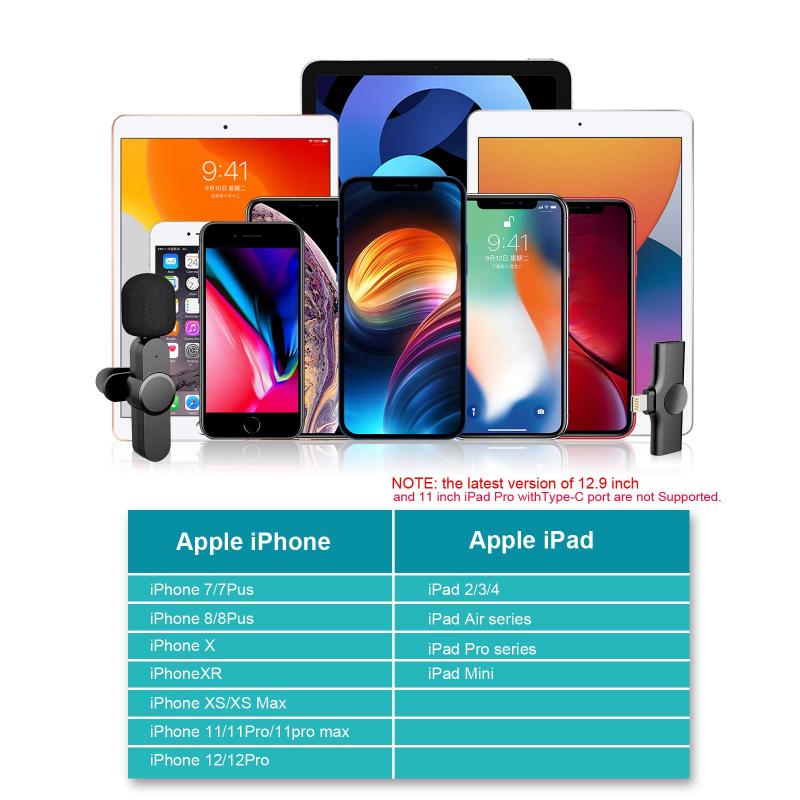
While built-in applications are convenient, third-party software can offer advanced features and higher quality recordings. Here are some popular third-party applications for recording voice on a MacBook:
1. Audacity
Audacity is a free, open-source audio recording and editing software that is widely used by professionals and hobbyists alike. It offers a range of features that make it suitable for more complex recording and editing tasks.
Steps to Record Using Audacity:
1. Download and install Audacity from the official website.
2. Open Audacity and select your microphone from the dropdown menu next to the microphone icon.
3. Click the red record button to start recording.
4. Speak clearly into your microphone.
5. Click the stop button when you are finished.
6. Edit your recording if necessary using Audacity’s extensive editing tools.
7. Save your recording by clicking “File” and then “Export.”
Audacity is ideal for users who need advanced editing capabilities and are willing to spend some time learning the software.
2. GarageBand
GarageBand is a powerful audio recording and editing software that comes pre-installed on most MacBooks. It is designed for musicians but can be used for any type of audio recording.
Steps to Record Using GarageBand:
1. Open GarageBand from the Applications folder or by searching for it using Spotlight.
2. Create a new project and select “Voice” as the project type.
3. Select your microphone from the input options.
4. Click the red record button to start recording.
5. Speak clearly into your microphone.
6. Click the stop button when you are finished.
7. Edit your recording if necessary using GarageBand’s editing tools.
8. Save your recording by clicking “Share” and then “Export Song to Disk.”
GarageBand is perfect for users who need a comprehensive recording and editing solution with a user-friendly interface.
Tips for Enhancing Recording Quality
Regardless of the software you choose, there are several tips you can follow to enhance the quality of your voice recordings:
1. Use an External Microphone: While the built-in microphone on your MacBook is convenient, an external microphone can significantly improve the quality of your recordings. USB microphones are easy to use and offer better sound quality.
2. Choose a Quiet Environment: Background noise can ruin an otherwise good recording. Choose a quiet room and minimize any potential sources of noise, such as fans, air conditioners, or traffic.
3. Adjust Microphone Settings: Ensure your microphone settings are optimized for recording. In the System Preferences, go to “Sound” and adjust the input volume to an appropriate level.
4. Use Pop Filters: Pop filters can help reduce plosive sounds (like “p” and “b” sounds) that can cause distortion in your recordings. They are inexpensive and easy to use.
5. Monitor Your Recording: If possible, use headphones to monitor your recording in real-time. This allows you to catch any issues early and make adjustments as needed.
6. Edit Your Recording: Use editing software to remove any unwanted noise, adjust volume levels, and enhance the overall quality of your recording. Even basic editing can make a significant difference.
Recording voice on a MacBook is a task that can be accomplished using a variety of methods, from built-in applications like Voice Memos and QuickTime Player to advanced third-party software like Audacity and GarageBand. Each method has its own advantages, and the best choice depends on your specific needs and level of expertise.
By following the steps outlined in this article and implementing the tips for enhancing recording quality, you can achieve professional-sounding voice recordings on your MacBook. Whether you are a student, a professional, or a hobbyist, these tools and techniques will help you capture clear and high-quality audio for any purpose.

